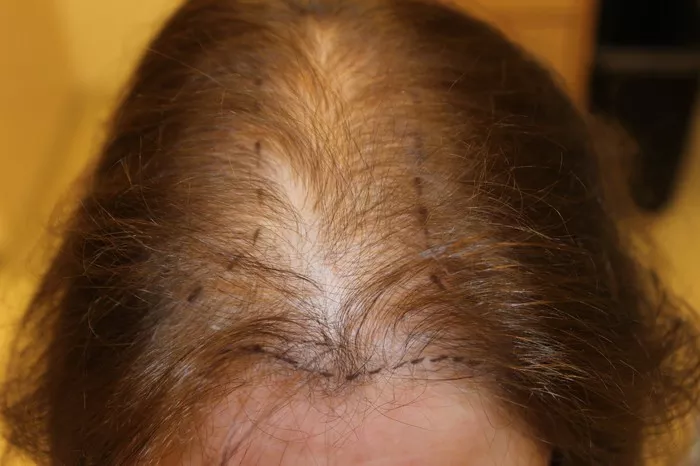When Miguel Jiménez Guillamón opened his barbershop in 2005, hair transplants were a hushed topic. Over time, he noticed a transformation in his clients—thick heads of hair replacing minimal coverage, and once-exposed foreheads adorned with generous bangs. These were the telltale signs of hair transplants, a subject that had been concealed in silence. Jiménez, grappling with his hair loss since his early twenties, decided to break the silence by starting a YouTube channel in 2012 to share hair care advice. Despite initial embarrassment, his openness resonated, amassing 300,000 followers, revealing a shared struggle.
In 2014, he publicly discussed his first transplant in Spain, a move that marked a turning point. By his second surgery in 2017, performed in Turkey, Jiménez’s videos were reaching a million viewers. His journey unveiled the unspoken reality that many faced. “It’s normal. You don’t realize how important your hair is until you lose it,” he reflected.
By the age of 30, one in four men experiences hair loss, a statistic that rises to nearly half by the age of 50 and affects two out of three men a decade later. Androgenic alopecia, the primary cause of 95% of male baldness, has not only visible effects but also psychological ones, leading to low self-esteem, anxiety, and depression. Psychologist Dirk Kranz highlights the social disadvantages faced by bald individuals in areas such as job applications and dating.
The globalized Western ideal of beauty places significant importance on a full head of hair, fostering a thriving industry around hair transplants. In 2021, approximately 3.4 million hair transplants were performed worldwide, constituting a market valued at $9.5 billion. The demand for these procedures reflects the societal emphasis on physical appearance.
While hair transplants relocate existing hair, advancements in synthetic hair are on the horizon. Stem cell biologist Karl Koehler at Harvard University has been working with stem cells to create patches of human skin with growing hair follicles. Meanwhile, biologist Maksim Plikus from the University of California is experimenting with Scube3, a protein promoting hair growth, offering hope for a future with synthetic hair.
Science has decoded the hair loss process, with recent breakthroughs identifying products that can significantly delay it. The relationship between testosterone and hair loss has been a focal point, revealing that an enzyme converts testosterone into dihydrotestosterone (DHT), causing hair follicles to shrink. Researchers like dermatologist Mario Puerta Peña are gaining insights into these processes, offering a glimmer of hope for those grappling with the silent struggle of hair loss.


